(S)-(+)-1,2,3,4-Tetrahydro-1-naphthol
Synonym(s):(S)-(+)-α-Tetralol
- CAS NO.:53732-47-1
- Empirical Formula: C10H12O
- Molecular Weight: 148.2
- MDL number: MFCD00063006
- SAFETY DATA SHEET (SDS)
- Update Date: 2024-10-28 23:16:16
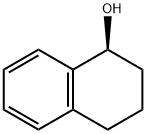
What is (S)-(+)-1,2,3,4-Tetrahydro-1-naphthol?
The Uses of (S)-(+)-1,2,3,4-Tetrahydro-1-naphthol
(S)?-?(+)?-?1,?2,?3,?4-?Tetrahydro-?1-?naphthol is a building block used in pharmaceutical chemistry such as in the synthesis of a potent and orally bioavailable GPR40 agonist acting as a novel insulin secretagogues with low risk of hypoglycemia
What are the applications of Application
(S)-(+)-1,2,3,4-Tetrahydro-1-naphthol is a chiral building block
General Description
Chiral building block.
Properties of (S)-(+)-1,2,3,4-Tetrahydro-1-naphthol
| Melting point: | 37-39 °C |
| Boiling point: | 92 °C / 1.8mmHg |
| Density | 1.09 g/mL at 25 °C(lit.) |
| refractive index | 33 ° (C=2.5, CHCl3) |
| Flash point: | 113 °C |
| solubility | almost transparency in Methanol |
| form | powder to crystal |
| pka | 14.33±0.20(Predicted) |
| color | White to Almost white |
| optical activity | [α]20/D +33±1°, c = 2.5% in chloroform |
| BRN | 2208779 |
| CAS DataBase Reference | 53732-47-1(CAS DataBase Reference) |
Safety information for (S)-(+)-1,2,3,4-Tetrahydro-1-naphthol
| Signal word | Warning |
| Pictogram(s) |
 Exclamation Mark Irritant GHS07 |
| GHS Hazard Statements |
H315:Skin corrosion/irritation H319:Serious eye damage/eye irritation H335:Specific target organ toxicity, single exposure;Respiratory tract irritation |
| Precautionary Statement Codes |
P261:Avoid breathing dust/fume/gas/mist/vapours/spray. P305+P351+P338:IF IN EYES: Rinse cautiously with water for several minutes. Remove contact lenses, if present and easy to do. Continuerinsing. |
Computed Descriptors for (S)-(+)-1,2,3,4-Tetrahydro-1-naphthol
New Products
ALUMINIUM IODIDE 100 GM BUFFER CAPSULE PH 7.0 - 10 CAP BUFFER SOLUTION PH 9.5 (BORATE) EZEE BLUE GEL STAINER BORAX CARMINE (GRENACHERS ALCOHOLIC) POTASSIUM IODATE - IODIDE SOLN 0.1 N Dabigatran Acyl-O3-D-Glucuronide Trifluoroacetic Acid Salt Isofolic Acid Dabigatran 2-O-acylglucuronide metabolite Dabigatran Acyl-?-D- glucuronide Trifluroacetic Acid Erythromycin EP Impurity A Desloratidine Related Compound ARelated products of tetrahydrofuran
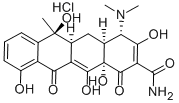

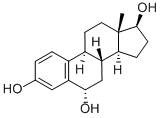
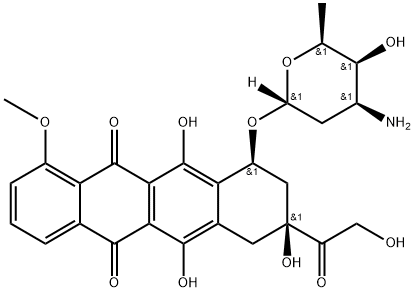
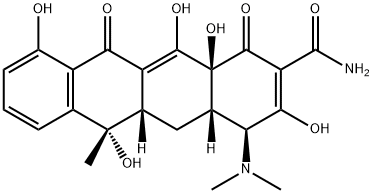

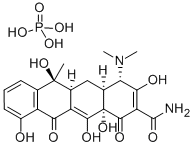

You may like
-
 (S)-(+)-1,2,3,4-Tetrahydro-1-naphthol CAS 53732-47-1View Details
(S)-(+)-1,2,3,4-Tetrahydro-1-naphthol CAS 53732-47-1View Details
53732-47-1 -
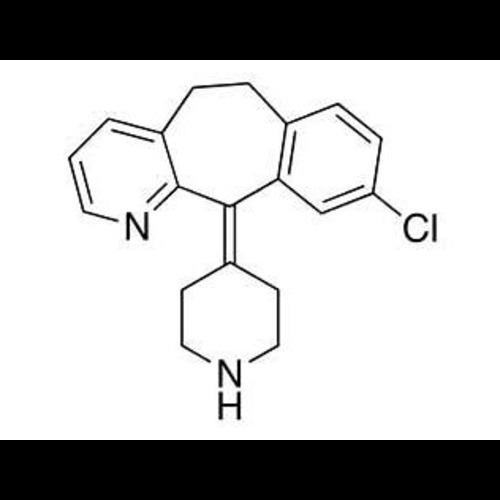 Dechloro DesloratadineView Details
Dechloro DesloratadineView Details -
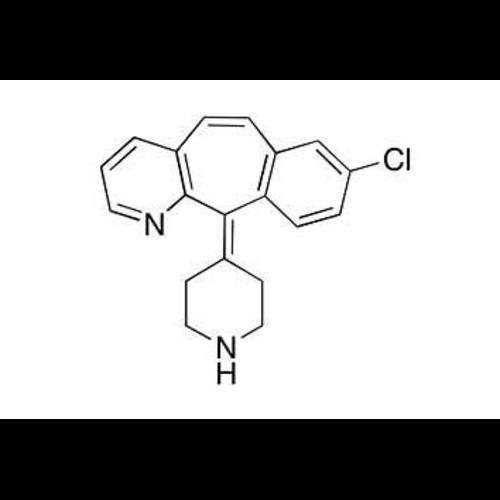 Dehydro DesloratadineView Details
Dehydro DesloratadineView Details -
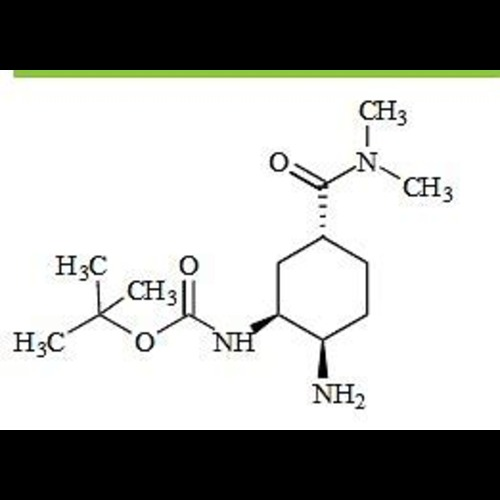 Edoxaban Impurity 57View Details
Edoxaban Impurity 57View Details
2089454-69-1 -
 Eltrombopag N-Oxide ImpurityView Details
Eltrombopag N-Oxide ImpurityView Details
2734533-17-4 -
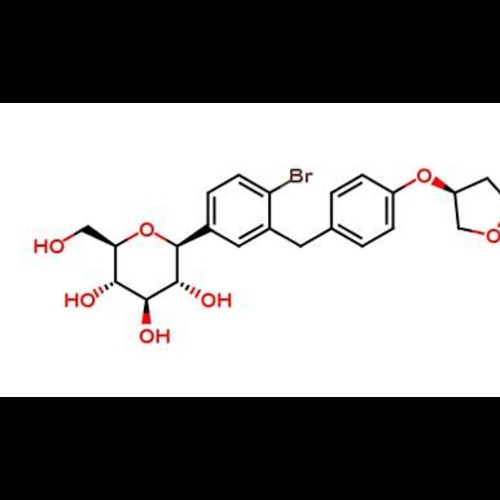 Empagliflozin Bromo ImpurityView Details
Empagliflozin Bromo ImpurityView Details -
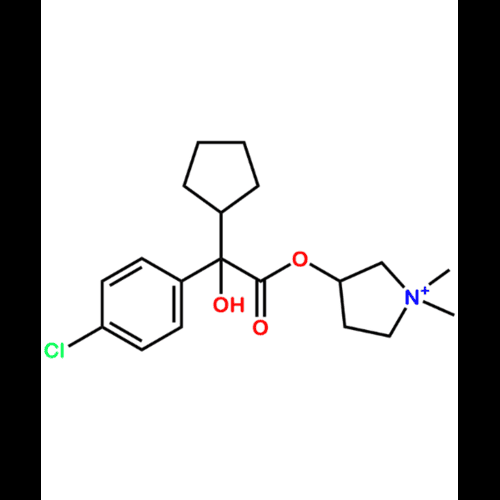 Glycopyrronium Bromide EP Impurity IView Details
Glycopyrronium Bromide EP Impurity IView Details
1404617-94-2 -
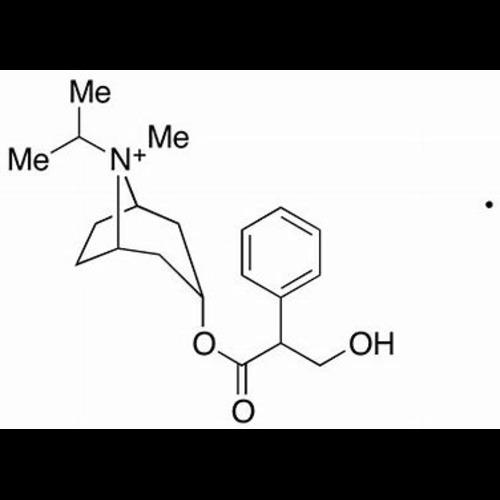 Ipratropium EP Impurity BView Details
Ipratropium EP Impurity BView Details
58073-59-9
Statement: All products displayed on this website are only used for non medical purposes such as industrial applications or scientific research, and cannot be used for clinical diagnosis or treatment of humans or animals. They are not medicinal or edible.